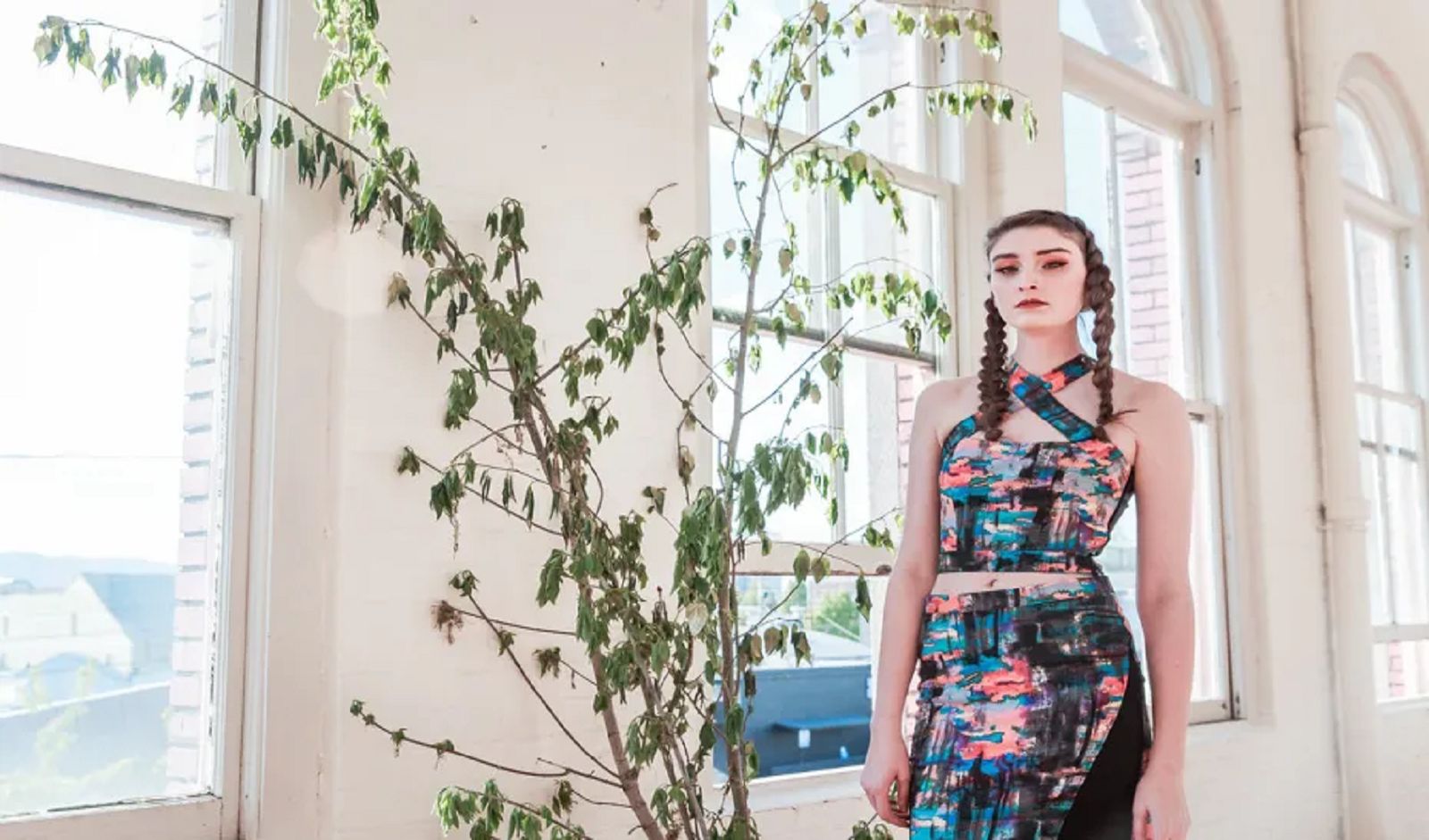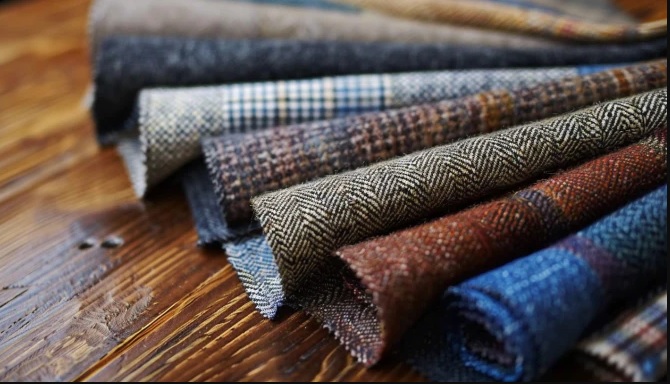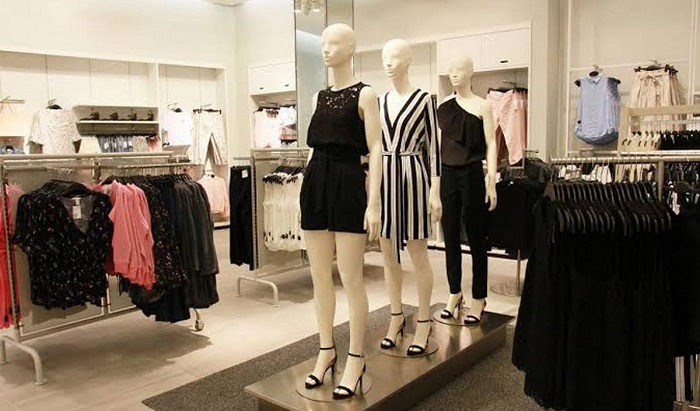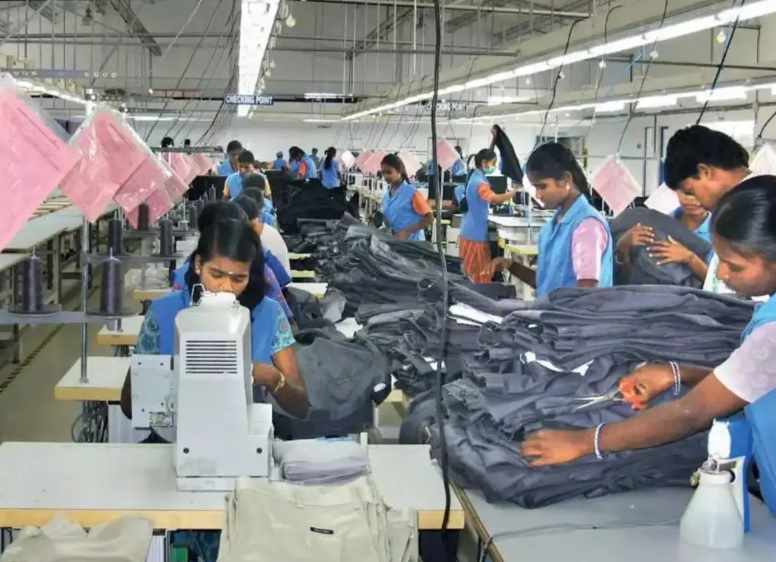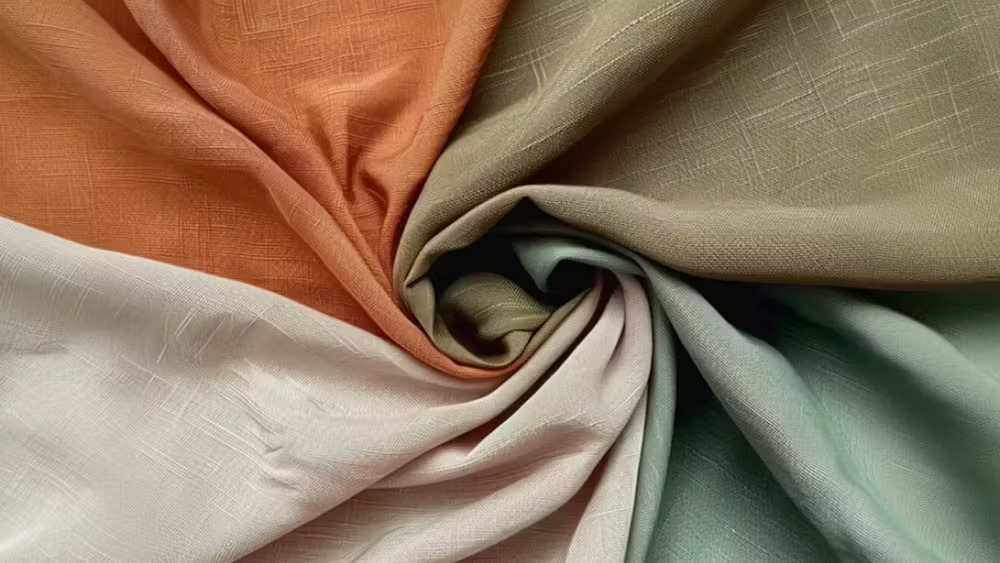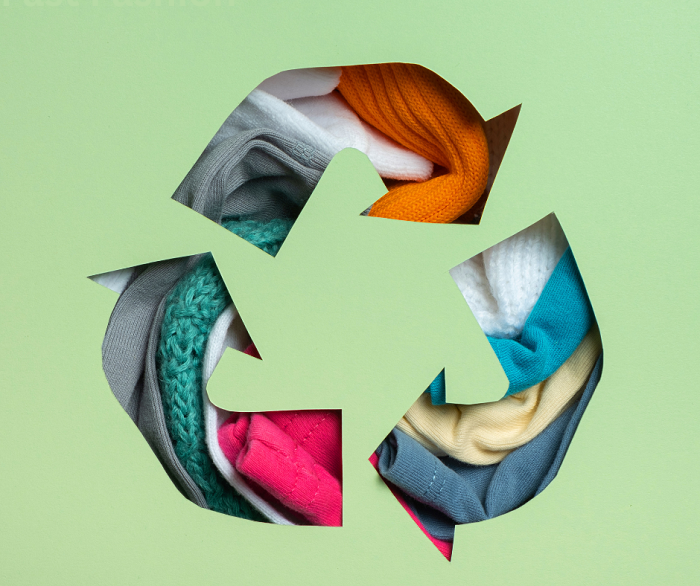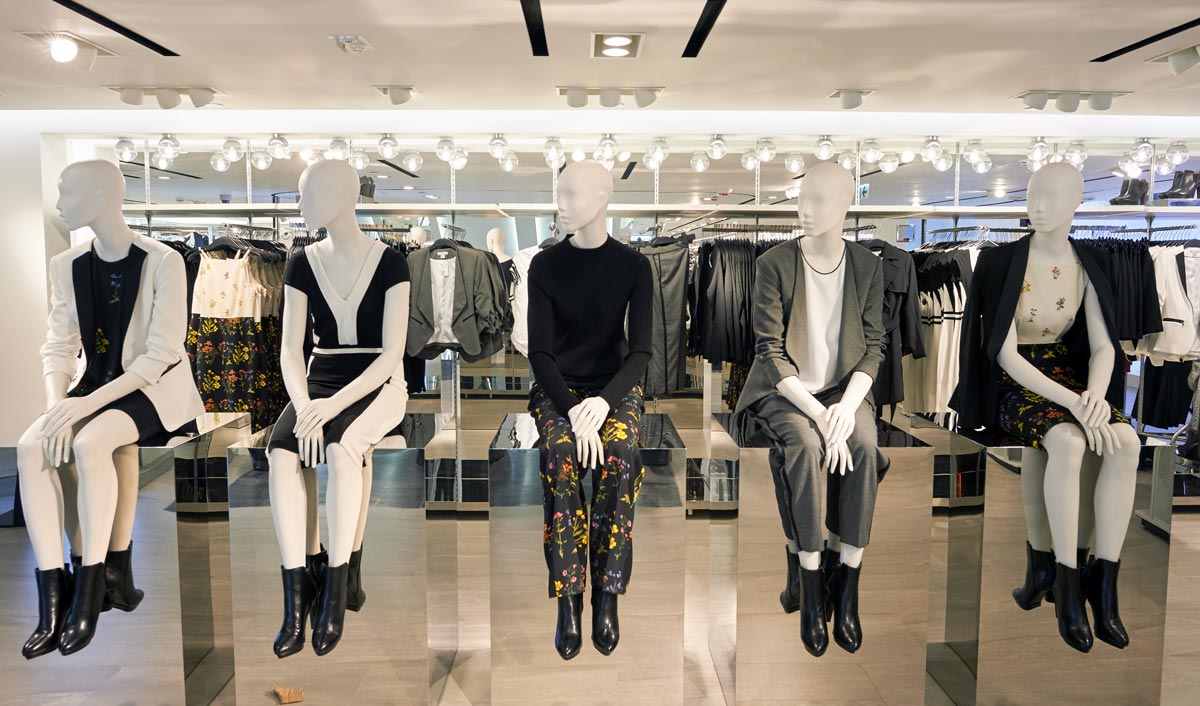
As underdeveloped countries transit to developing status, their retail sectors are getting better organised and enabling a large number of brands use the affordability and accessibility platforms to reach out to the masses. The global fast fashion market size is expected to grow from $91.23 billion in 2021 to $99.23 billion in 2022 at a compound annual growth rate (CAGR) of 8.8%. The fast fashion market is expected to grow to $133.43 billion in 2026 at a CAGR of 7.7%.
A growing number of dissenting voices are on the rise, yet not heeding the environmental concerns; fast fashion is on a trajectory to greater successes. The demand and popularity saw the rise of fashion brands like never before, Zara, H&M, Uniqlo, Forever 21, GAP and Primark being some of them.
The Rio Earth Summit in 1997 had already raised the green issues of the fashion industry in general and today it rings true, particularly for fast fashion. British fashion designer Stella McCartney expressed “I’m here today because I'm begging for policy to be put in place for the fashion industry,” she tells Forbes at the opening of her “Future of Fashion: An innovation conversation with Stella McCartney” exhibit at the Kelvingrove Art Gallery and Museum in Glasgow, on the sideline of the COP26 UN climate conference.
Is sustainable fashion really gaining grounds?
Harvard Business Review in a recently published article remains critical of the efforts that the fashion industry claims it is undertaking to be more sustainable and responsible. Clothing and accessories ranging from swimsuits to wedding dresses are marketed as carbon positive, organic, or vegan while yoga mats made from mushrooms and sneakers from sugar cane have come into the market, stoking the consumers’ environmental consciousness.
New business models including recycling, resale, rental, reuse, and repair are sold as environmental life savers. Harvard Business Review points out that these have really had little impact as the fashion industry’s environmental track record remains abysmal for the last 25 years. Post pandemic trickle effect percolating from celebrities to masses
Post pandemic, the consumer worldwide waking up to the stark realities of fast fashion and the promise of responsible consumption through sustainable fashion has come to the forefront.
Designers and media are playing their role, educating people of fast fashion’s excesses. Technology, research and development are introducing more viable and durable fabrics whilst economics is making the most of reuse and repair. Sustainable shopping is growing in popularity, particularly in developed nations. Brands such as Levi’s, Patagonia, Marine Layer and Reformation are focusing on quality over quantity with completely eco-friendly clothing lines.
Rentals are also being pushed just as much as pre-loved clothing, with e-commerce sites leading the way. “Renting formal attire is the better economical and environmental choice when it comes to finding a one-time-use outfit,” said Angela Nunes, a Rent-the-Runway representative. “Most formal pieces are produced cheaply, sold for large amounts, and are never worn again.”
It seems that the trickle effect has started, percolating from celebrities to masses. However, it remains to be seen if sustainable fashion can become a sustainable business model.


